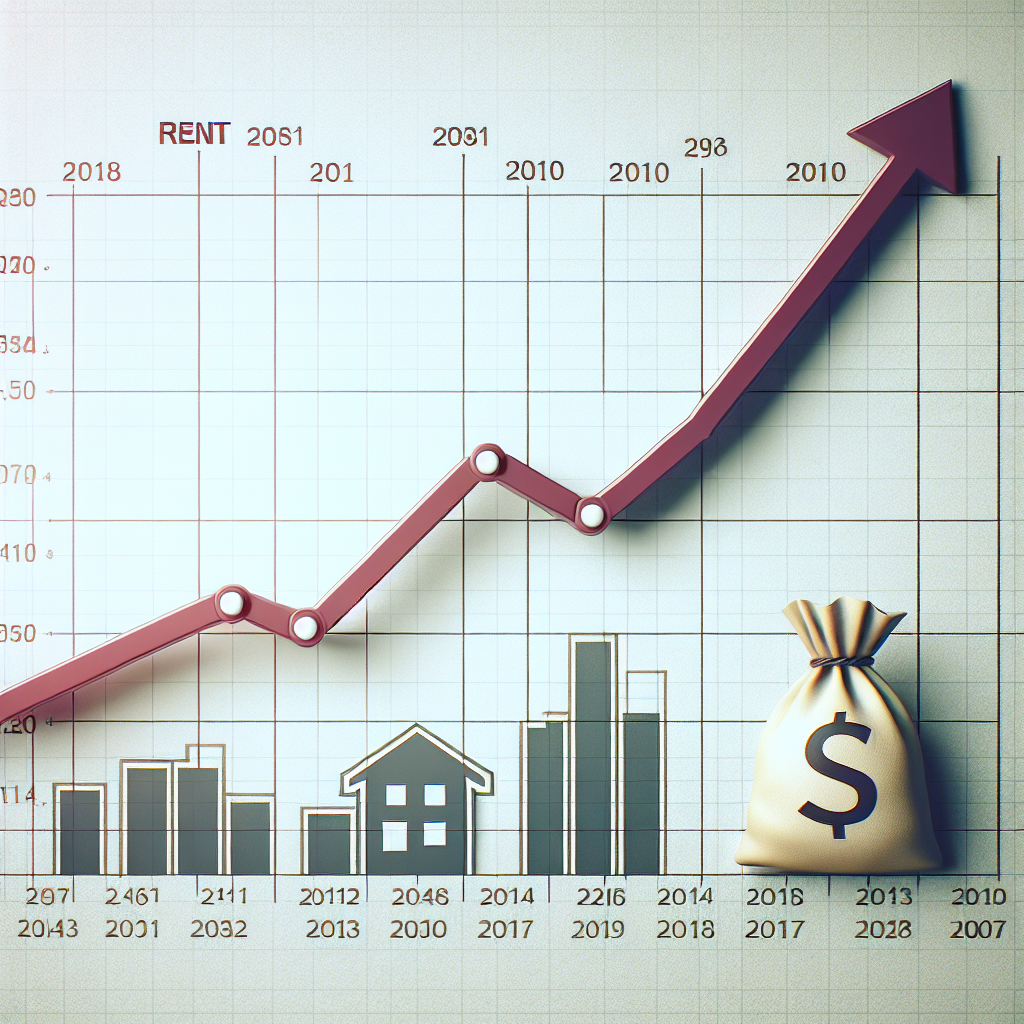-
Table of Contents
- Why Rent Prices Will Inevitably Rise in the Next Two Years
- Economic Recovery Post-Pandemic
- Increased Demand for Urban Living
- Supply Chain Disruptions and Construction Costs
- Rising Construction Costs
- Inflation and Interest Rates
- Impact of Inflation on Rent Prices
- Government Policies and Regulations
- Eviction Moratoriums and Rent Control
- Population Growth and Demographic Shifts
- Millennials and Gen Z Entering the Rental Market
- Technological Advancements and Remote Work
- Demand for Larger Living Spaces
- Conclusion
Why Rent Prices Will Inevitably Rise in the Next Two Years

As the global economy continues to evolve, the dynamics of the housing market are also shifting. One of the most pressing concerns for both tenants and landlords is the trajectory of rent prices. Over the next two years, several factors are poised to drive rent prices upward. This article delves into the reasons behind this inevitable rise, supported by data, case studies, and expert opinions.
Economic Recovery Post-Pandemic
The COVID-19 pandemic had a profound impact on the global economy, leading to widespread job losses and economic uncertainty. As countries roll out vaccination programs and economies begin to recover, the demand for housing is expected to increase.
Increased Demand for Urban Living
During the pandemic, many people moved away from urban centers to suburban or rural areas. However, as businesses reopen and people return to offices, the demand for urban living is likely to surge. This increased demand will put upward pressure on rent prices in cities.
- Case Study: New York City saw a significant drop in rent prices during the pandemic, but recent data shows a rebound as people return to the city.
- Example: San Francisco is experiencing a similar trend, with rent prices beginning to rise as tech companies call employees back to the office.
Supply Chain Disruptions and Construction Costs
The pandemic disrupted global supply chains, leading to shortages of construction materials and increased costs. These disruptions have slowed down new housing projects, limiting the supply of rental properties.
Rising Construction Costs
The cost of building materials such as lumber, steel, and concrete has skyrocketed. According to the National Association of Home Builders, lumber prices alone have increased by over 300% since April 2020. These rising costs make it more expensive to build new rental properties, which in turn drives up rent prices.
- Statistic: The U.S. Bureau of Labor Statistics reported a 19.4% increase in the Producer Price Index for construction materials from 2020 to 2021.
- Example: A developer in Texas had to delay a new apartment complex due to the high cost of materials, reducing the availability of new rental units.
Inflation and Interest Rates
Inflation is another critical factor that will contribute to rising rent prices. As the cost of goods and services increases, landlords will need to raise rents to cover their expenses.
Impact of Inflation on Rent Prices
Inflation erodes the purchasing power of money, meaning that landlords will need to charge higher rents to maintain their income levels. Additionally, higher interest rates can increase the cost of mortgages for property owners, which may be passed on to tenants in the form of higher rents.
- Statistic: The Consumer Price Index (CPI) rose by 5.4% in July 2021, the largest 12-month increase since 2008.
- Example: In cities like Los Angeles, landlords are already raising rents to keep up with rising inflation and interest rates.
Government Policies and Regulations
Government policies and regulations can also influence rent prices. While some policies aim to protect tenants, others may inadvertently lead to higher rents.
Eviction Moratoriums and Rent Control
During the pandemic, many governments implemented eviction moratoriums to protect tenants. While these measures provided temporary relief, they also created financial strain for landlords. As these moratoriums expire, landlords may increase rents to recoup their losses.
- Case Study: In California, the expiration of the eviction moratorium has led to a surge in rent prices as landlords seek to recover lost income.
- Example: Rent control policies in cities like New York and San Francisco can limit the supply of rental properties, leading to higher rents for available units.
Population Growth and Demographic Shifts
Population growth and demographic shifts are long-term factors that will continue to drive rent prices upward. As the population grows, so does the demand for housing.
Millennials and Gen Z Entering the Rental Market
Millennials and Gen Z are entering the rental market in large numbers. These generations tend to prefer renting over buying, increasing the demand for rental properties.
- Statistic: According to the Pew Research Center, 52% of Millennials were renting in 2020, compared to 41% of Gen X at the same age.
- Example: Cities with large populations of young professionals, such as Austin and Denver, are experiencing significant increases in rent prices.
Technological Advancements and Remote Work
Technological advancements and the rise of remote work are also influencing rent prices. While remote work allows people to live farther from their workplaces, it also increases the demand for larger living spaces.
Demand for Larger Living Spaces
With more people working from home, there is a growing demand for larger living spaces that can accommodate home offices. This increased demand for larger units can drive up rent prices.
- Case Study: In cities like Seattle, the demand for larger apartments with home office space has led to higher rent prices for these units.
- Example: Suburban areas near major cities are seeing increased demand for rental properties as remote workers seek more space.
Conclusion
In conclusion, several factors are converging to drive rent prices upward over the next two years. Economic recovery post-pandemic, supply chain disruptions, rising construction costs, inflation, government policies, population growth, and technological advancements are all contributing to this trend. As demand for rental properties increases and supply remains constrained, tenants can expect to see higher rent prices in the near future.
Understanding these factors can help both tenants and landlords navigate the changing rental market. Tenants may need to budget for higher rents or consider alternative living arrangements, while landlords can prepare for increased demand and potential opportunities for investment. By staying informed and proactive, all parties can better adapt to the evolving housing landscape.








